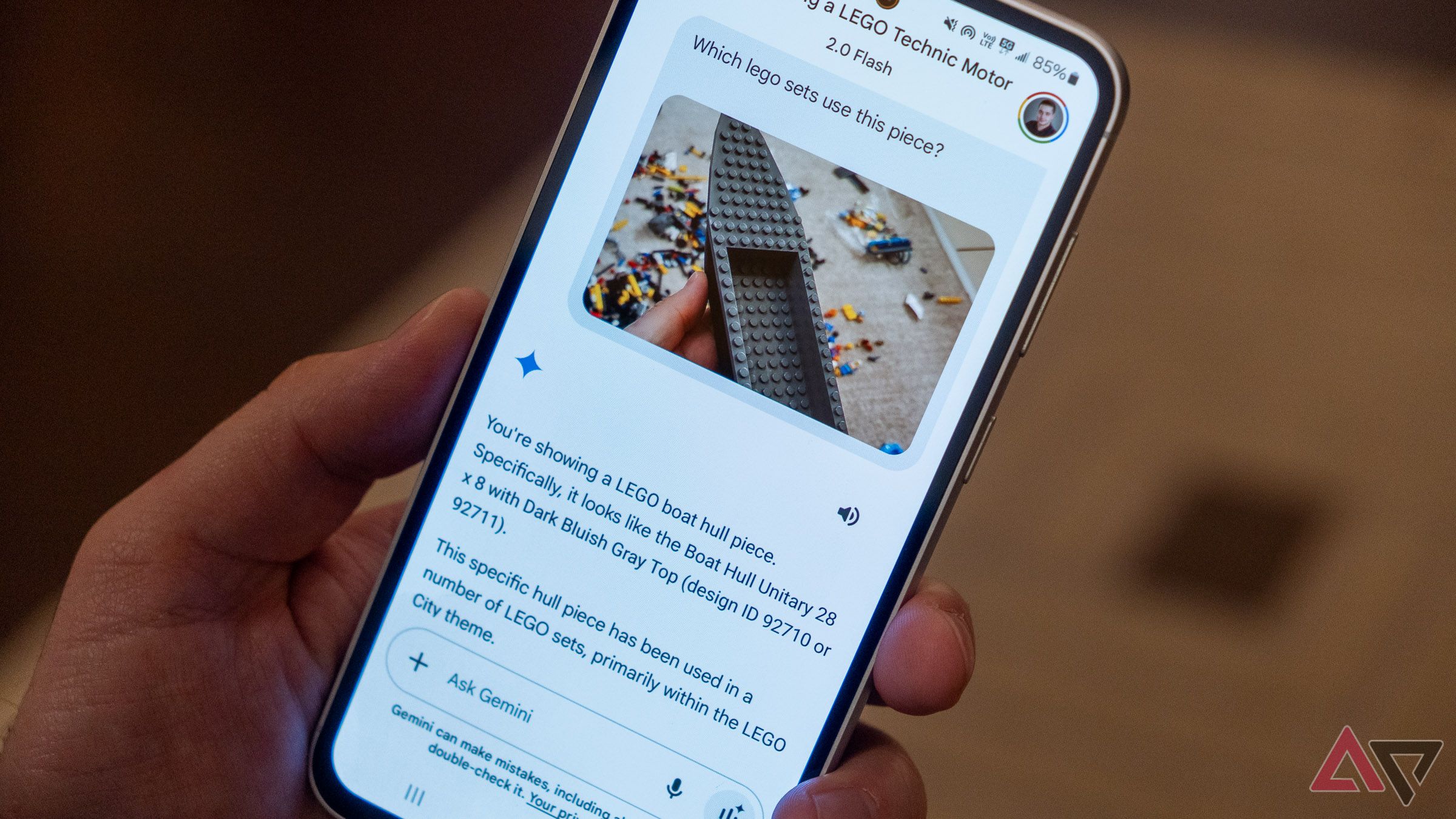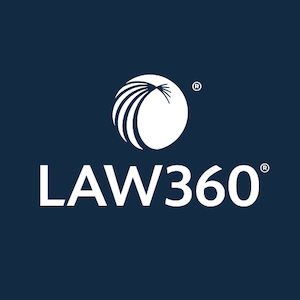Google Labs Unveils New Language Learning Tool Using Gemini

Introduction to Google’s Latest Language Learning Tools
Google has introduced three innovative AI-powered tools aimed at making language learning easier. These tools, part of the "Little Language Experiments" initiative, include Tiny Lesson, Slang Hang, and Word Cam. Designed for both casual learners and those looking to enhance their language skills, these tools are currently available for public testing under Google Labs.
Overview of the Tools
The three tools each focus on different aspects of language learning:
Tiny Lesson: This tool helps users remember vocabulary relevant to specific situations. For instance, if you need language related to "booking a taxi," Tiny Lesson compiles useful phrases, vocabulary, and grammar tips relevant to that scenario.
Slang Hang: This tool generates simulated conversations between native speakers, allowing learners to examine realistic dialogues. Users can hover over terms to view their meanings and context, helping to bridge the gap between textbook language and everyday communication.
- Word Cam: By simply taking a photo, users can receive labels and vocabulary related to the objects in the picture. This tool provides an effortless way to learn new words relevant to items or scenes the learner encounters in real life.
How Tiny Lesson Works
Tiny Lesson is designed to assist learners who struggle to recall specific words or phrases in a foreign language. By providing context, it generates tailored vocabulary lists and grammar tips. For example, if you describe a scenario like "ordering food at a restaurant," Tiny Lesson will help you access the vital words and phrases you need.
Understanding Slang with Slang Hang
With Slang Hang, learners can immerse themselves in natural conversational contexts. This tool allows users to generate a variety of realistic interactions between native speakers, with the flexibility to translate them into the user’s native language. Each generated scenario varies; for example, it might simulate two coworkers meeting on public transport or long-lost friends reuniting at an unexpected location.
Exploring the Visual Learning with Word Cam
Word Cam tackles the challenge of identifying objects and their corresponding vocabulary in the target language. Users simply take a photo of something they want to learn about, such as a fruit or an item in their home. The AI recognizes the objects and provides translations, enhancing vocabulary through visual learning. This immediate feedback can help reinforce word association with physical items, making it a practical tool for learners.
Google’s AI Framework
These language tools are powered by Google’s Gemini API, utilizing the company’s latest generative AI models. This advanced technology allows for a more personalized learning experience, as the AI adapts to different learning scenarios.
Future of Language Learning with Google’s Innovations
Google’s initiative represents just a starting point for exploring the integration of AI in language learning. While these tools are in the early stages, they showcase the potential for transforming how languages are taught and learned. Feedback from users may guide further developments in these innovative applications.
For those interested in trying these tools, they can be accessed through the Google Labs website, providing an opportunity to experience the future of language learning technology firsthand.
Through Tiny Lesson, Slang Hang, and Word Cam, Google aims to make language learning more engaging, effective, and integrated with real-world contexts.






